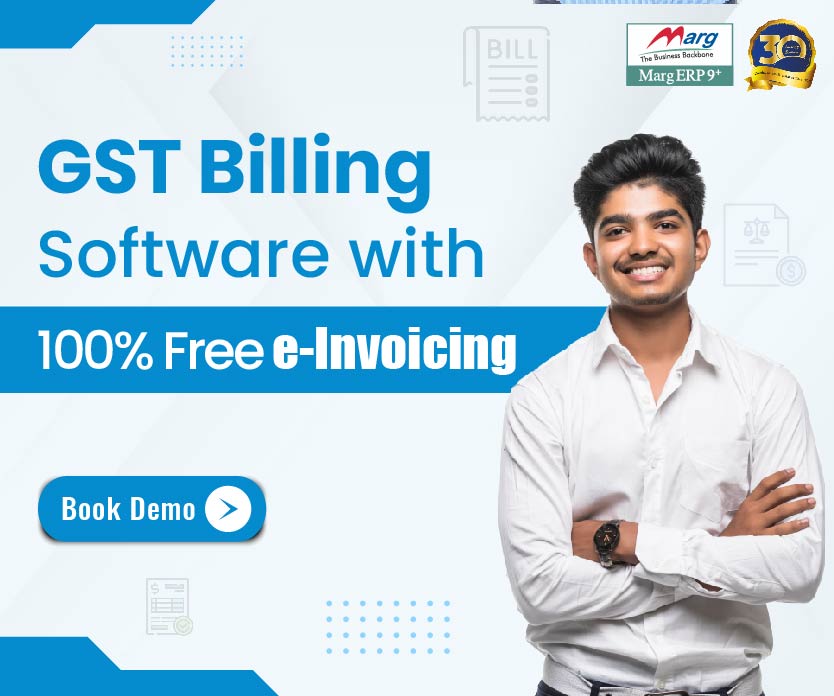For any business, cash flow is king. It’s the lifeblood that keeps operations running and allows for growth and expansion. One of the key components of cash flow management is receivable management. Receivables are the money owed to a business for goods or services that have been sold but not yet paid for. Effective receivable management ensures the timely collection of payments, reduces the risk of bad debt, and improves cash flow. In this article, we will explore some of the strategies for efficient receivable management.
Strategies for efficient receivable management
- Setting Payment Terms: The first step in receivable management is setting clear payment terms. This includes defining the payment due date, late payment fees, and acceptable forms of payment. It’s important to communicate these terms clearly to customers upfront to avoid confusion or disputes later on. The terms should be fair, but also considerate of the business’s cash flow needs.
- Monitoring Receivables: Regular monitoring of receivables is crucial to ensure timely payments. This can be done through a variety of methods, including manual tracking or using the software. Monitoring allows for early identification of late payments, allowing the business to take appropriate actions to collect the money owed.
- Invoicing: Invoicing is a critical step in the receivable management process. Invoices should be accurate and include all necessary information, such as the customer’s name and address, a description of the goods or services provided, the amount owed, and the payment due date. Electronic invoicing is a popular option that can streamline the process and improve accuracy.
- Follow-Up: Follow-up is a key component of effective receivable management. Businesses should have a process in place for following up on late payments, such as sending reminders or making phone calls. It’s important to be persistent but also professional in these interactions.
- Offering Incentives: Offering incentives can be an effective way to encourage timely payments. For example, businesses may offer a discount for early payment or charge a lower fee for electronic payments. These incentives can motivate customers to pay on time and improve cash flow.
- Hiring a Collections Agency: In some cases, businesses may need to seek outside help to collect on overdue accounts. Hiring a collections agency can be an effective way to recover funds while also maintaining positive relationships with customers.
Final Conclusion
Receivable management is a critical aspect of cash flow management for any business. By setting clear payment terms, monitoring receivables, invoicing accurately, following up on late payments, offering incentives, and hiring a collections agency when necessary, businesses can improve their cash flow and reduce the risk of bad debt. With these strategies in place, businesses can focus on growth and expansion, secure in the knowledge that their receivables are well managed.
Know More: Maximize Your Tax Deductions
Frequently Asked Questions
Q: What is receivable management?
A: Receivable management is the process of tracking and collecting payments owed to a business by its customers or clients. It involves managing the entire cycle of an account receivable, from invoicing and payment terms to the collection and resolving disputes.
Q: Why is receivable management important?
A: Effective receivable management is critical for maintaining a healthy cash flow for a business. It helps ensure that invoices are paid on time, reducing the risk of late payments, bad debts, or cash flow problems. Additionally, good receivable management practices can help improve customer relationships and reduce the risk of disputes.
Q: What are the key components of receivable management?
A: The key components of receivable management include invoicing, payment terms, credit policies, collections, and dispute resolution. A comprehensive approach to receivable management requires managing each of these components effectively.
Q: How can I improve my receivable management?
A: To improve receivable management, consider implementing policies and procedures that ensure invoices are accurate and sent promptly, offering customers convenient payment options, establishing clear credit policies, and monitoring accounts receivable to identify and address overdue accounts.
Q: What are some common challenges with receivable management?
A: Common challenges with receivable management include delayed payments, disputes, customer bankruptcy, and the risk of bad debt. Effective receivable management practices can help mitigate these risks.
Q: What are some tools that can help with receivable management?
A: There are many tools available to help with receivable management, including accounting software, customer relationship management (CRM) software, automated invoicing and payment processing systems, and data analytics tools to monitor accounts receivable performance.
Q: How can I handle disputes with customers’ overpayments?
A: When disputes arise, it’s important to communicate with the customer in a timely and respectful manner to resolve the issue. This may involve providing additional documentation, negotiating a payment plan, or involving legal counsel as needed. It’s important to have clear policies and procedures in place for handling disputes to minimize the risk of them arising in the first place.
Q: What are some best practices for managing accounts receivable?
A: Best practices for managing accounts receivable include sending accurate and timely invoices, offering convenient payment options, establishing clear credit policies, monitoring accounts receivable performance, and regularly following up with customers on overdue accounts. It’s also important to maintain good relationships with customers to minimize the risk of disputes or payment delays.








